Accentuate Your Features with Graceful Elevation
Rediscover Youthful Contours & Embrace Ageless Elegance.
Step into the world of Cheek Fillers, and here’s the transformation they offer:
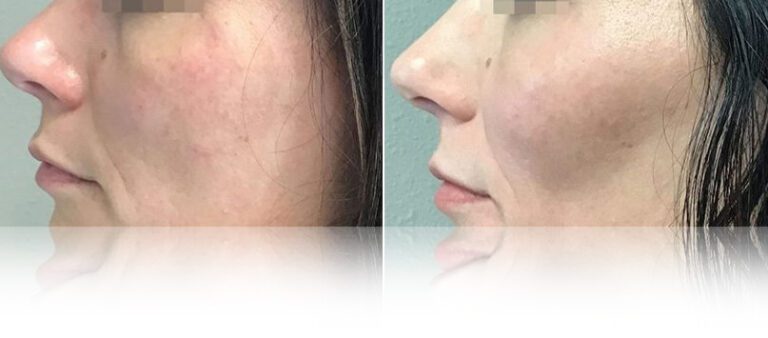
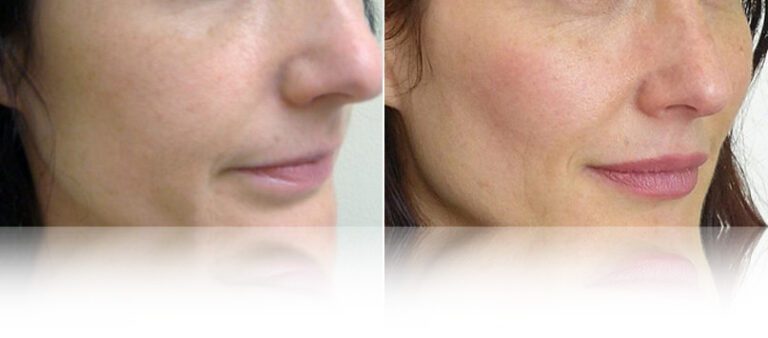
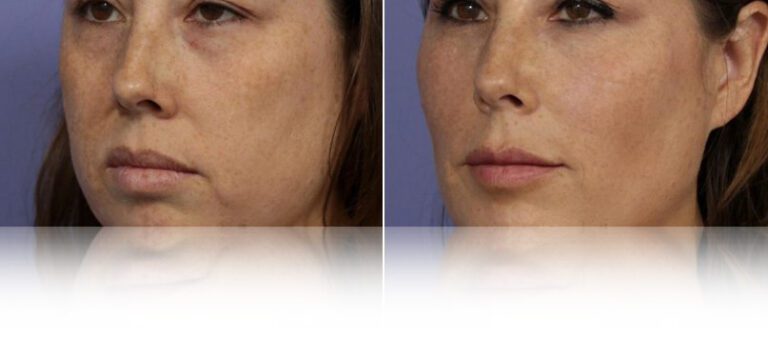
Embrace improved facial contours and uplifted volume, all thanks to Cheek Fillers’ meticulous administration.
Revel in the renewed freshness, a youthful resurgence brought about by the volumizing magic of our fillers.
Turn back time and capture a radiant, naturally enhanced cheek structure that mirrors your inner vibrancy.


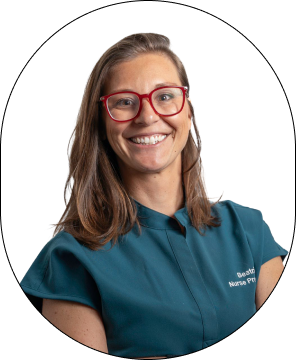


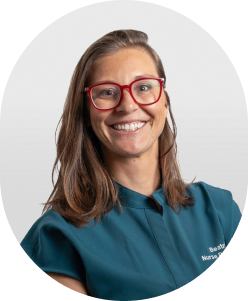
Cheek Filler from Juvederm®
1ml - £450
Extra ml - £750
About Cheek Fillers
Cheek fillers are injectable dermal fillers used to add volume, lift, and contour the cheeks, creating a more youthful and balanced appearance. As we age, the natural fat and collagen in our cheeks diminish, causing the skin to sag and lose its fullness. Cheek fillers help to restore this lost volume and enhance facial contours by adding structure and support to the midface region.
Hyaluronic acid (HA) is the most commonly used material for cheek fillers. HA is a naturally occurring substance found in the body that helps maintain skin hydration and elasticity. When injected into the cheeks, HA fillers integrate with the skin’s natural matrix, attracting and retaining moisture to create a plumper, more youthful appearance.
The treatment is minimally invasive, with minimal downtime and immediate results. The effects of cheek fillers can be subtle or dramatic, depending on the patient’s goals and the amount of filler used. In skilled hands, cheek fillers can significantly enhance the overall facial appearance by restoring lost volume, defining cheekbones, and creating a more harmonious and youthful look.
There are various types of cheek fillers available, but the most common and widely used are hyaluronic acid (HA) fillers (at Nova Aesthetic Clinic, we use only HA based dermal fillers). HA fillers are popular because they are safe, biocompatible, and provide natural-looking results. Some well-known HA fillers for cheek enhancement include:
Each of these HA fillers has unique properties that make them suitable for specific purposes and patient needs. The choice of filler depends on factors such as the desired level of volume, lift, and longevity, as well as the patient’s skin type and overall aesthetic goals. A qualified and experienced practitioner will assess your individual needs and recommend the most appropriate filler for your situation.
The longevity of cheek filler results varies depending on the type of filler used, the patient’s individual metabolism, and the treatment area. In general, HA cheek fillers can last between 6 months to 2 years before the body naturally metabolises the filler and the effects begin to diminish.
To maintain the effects of cheek fillers, periodic touch-up treatments are recommended. The frequency of these treatments will depend on the specific filler used and the patient’s individual response to the treatment. Your practitioner will be able to guide you on the appropriate maintenance schedule based on your unique needs and desired outcomes.
Cheek filler treatments are generally considered safe and well-tolerated when performed by a qualified and experienced practitioner. However, as with any injectable treatment, there are potential risks and side effects. Some common side effects include redness, swelling, bruising, and tenderness at the injection site, which usually resolve within a few days to a week.
More serious complications, such as infection, lumps, or asymmetry, are rare but can occur. To minimise the likelihood of these risks, it is essential to choose a skilled and experienced practitioner who is well-versed in facial anatomy and injectable techniques. Additionally, following your practitioner’s pre- and post-treatment care instructions can help ensure a smooth recovery and reduce the risk of complications.
Cheek fillers are a popular choice for cheek enhancement due to their minimally invasive nature, quick treatment time, and immediate results. They offer a flexible, low-risk option for patients seeking to improve facial contours without undergoing surgery. Here’s how cheek fillers compare to other cheek enhancement options:
In summary, cheek fillers offer a convenient, minimally invasive option for patients seeking to enhance their facial contours with minimal downtime and risk. They can be tailored to suit individual needs and preferences, making them an appealing choice for many patients.
To maximise the results of your cheek filler treatment, it’s essential to follow your practitioner’s pre- and post-treatment care instructions, maintain a healthy lifestyle, and protect your skin from environmental damage. Some tips to help optimise your cheek filler results include:
During your cheek filler treatment, your practitioner will first discuss your aesthetic goals and assess your facial anatomy to determine the appropriate filler type and injection technique. They will then cleanse the treatment area and apply a numbing cream to minimise discomfort.
The filler will be carefully injected into the cheeks using a fine needle or cannula, with the practitioner gently massaging the area to ensure proper placement and distribution. The treatment typically takes about 30 to 45 minutes, after which you can resume your daily activities with minimal downtime.
To prepare for your cheek filler treatment, follow these steps:
I’ve been going to this clinic for a few years now and I just love it! It is very fancy but affordable. The staff are lovely! The manager, Christina is an angel from heaven.
Rachel Christina

I had the pleasure of visiting Nova for a skin consultation to understand more about my skin. They thoroughly discussed various options/treatments to enhance the condition of my skin.
Maryann D

Great experience with Dr Simmonds! I travel all the way from Essex to Greenwich, because the staff at Nova clinic are highly skilled and professional.
Leonie Lombard

A fantastic clinic; the environment is inviting and the staff are friendly, polite and knowledgable.
Julia

Thank you again for your high quality expertise & gentleness. Always a pleasure to come to Nova.
Tomris


I’ve been going to this clinic for a few years now and I just love it! It is very fancy but affordable. The staff are lovely! The manager, Christina is an angel from heaven.
Rachel Christina

I had the pleasure of visiting Nova for a skin consultation to understand more about my skin. They thoroughly discussed various options/treatments to enhance the condition of my skin.
Maryann D

Great experience with Dr Simmonds! I travel all the way from Essex to Greenwich, because the staff at Nova clinic are highly skilled and professional.
Leonie Lombard

A fantastic clinic; the environment is inviting and the staff are friendly, polite and knowledgable.
Julia

Thank you again for your high quality expertise & gentleness. Always a pleasure to come to Nova.
Tomris


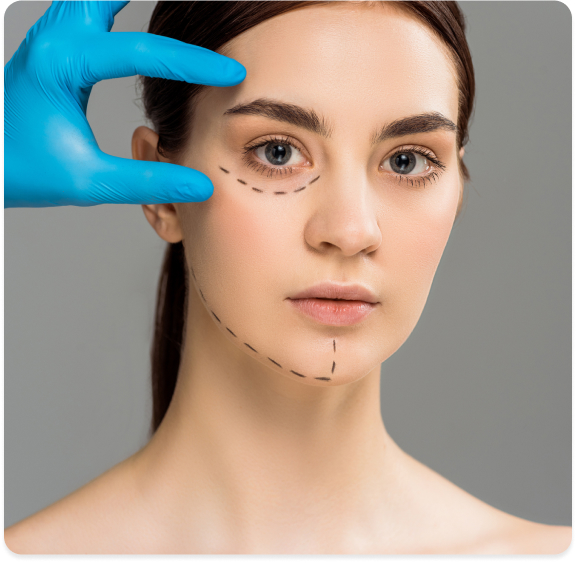
Let us know if you have any questions.
Nova Aesthetic @ 2024. Powered By Fast Digital
2024 – Powered by Fast Digital